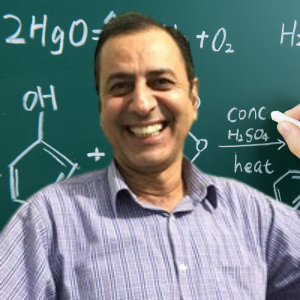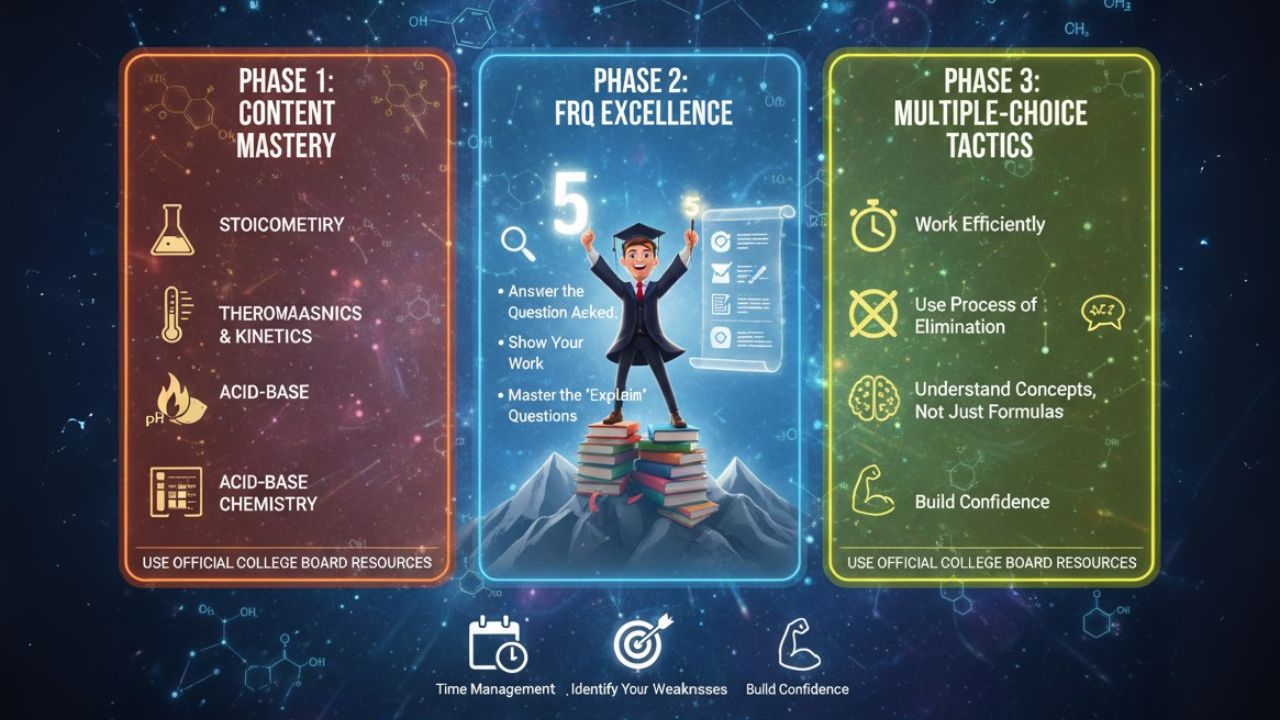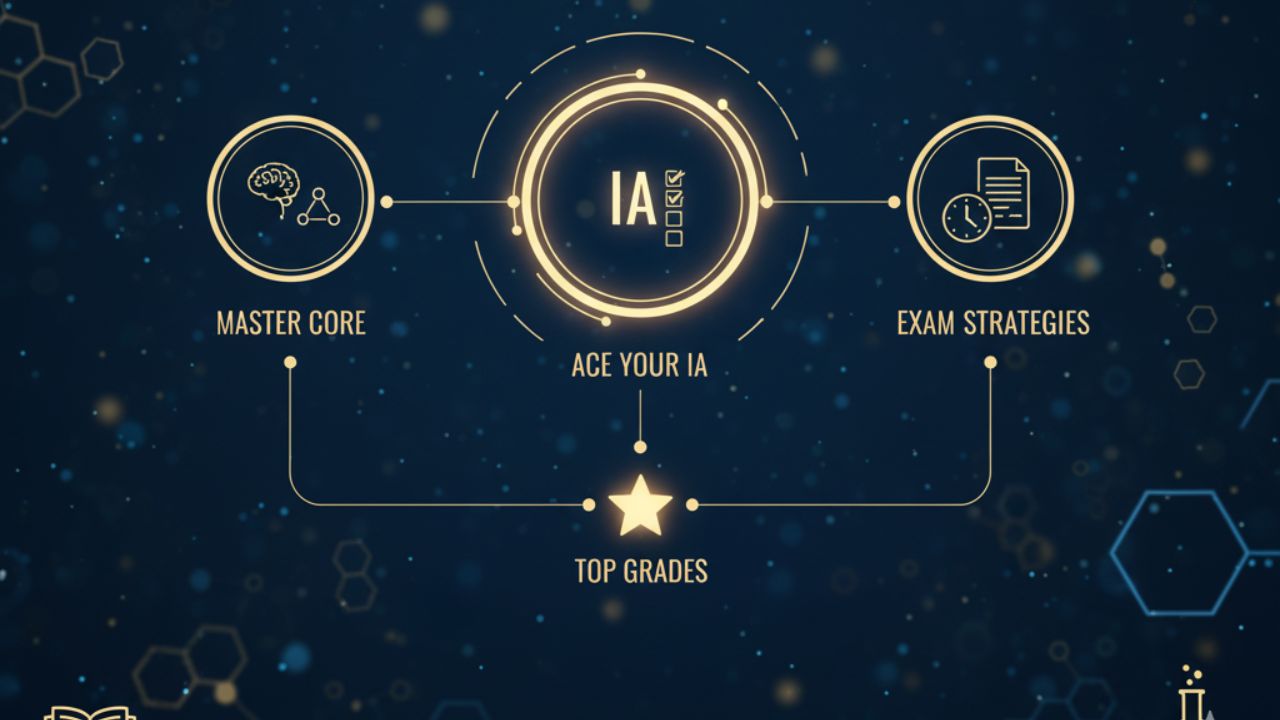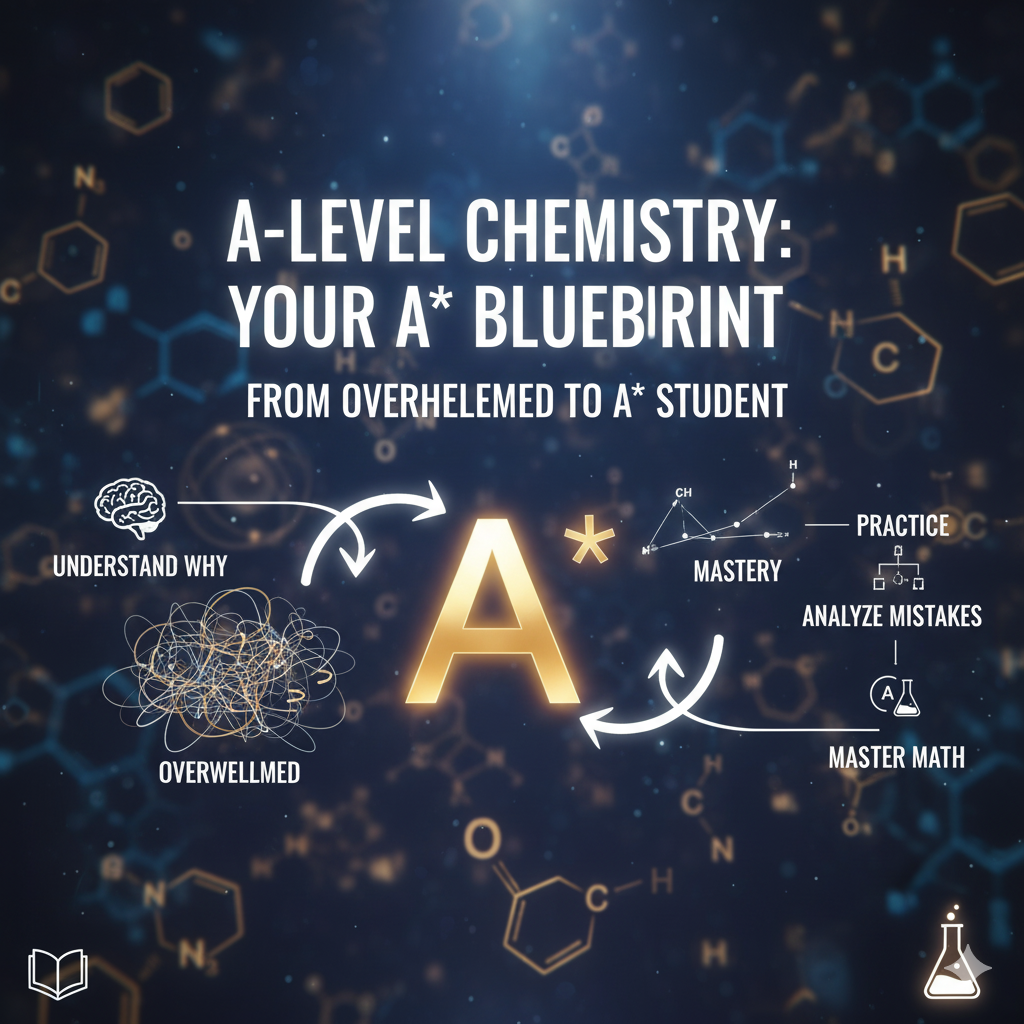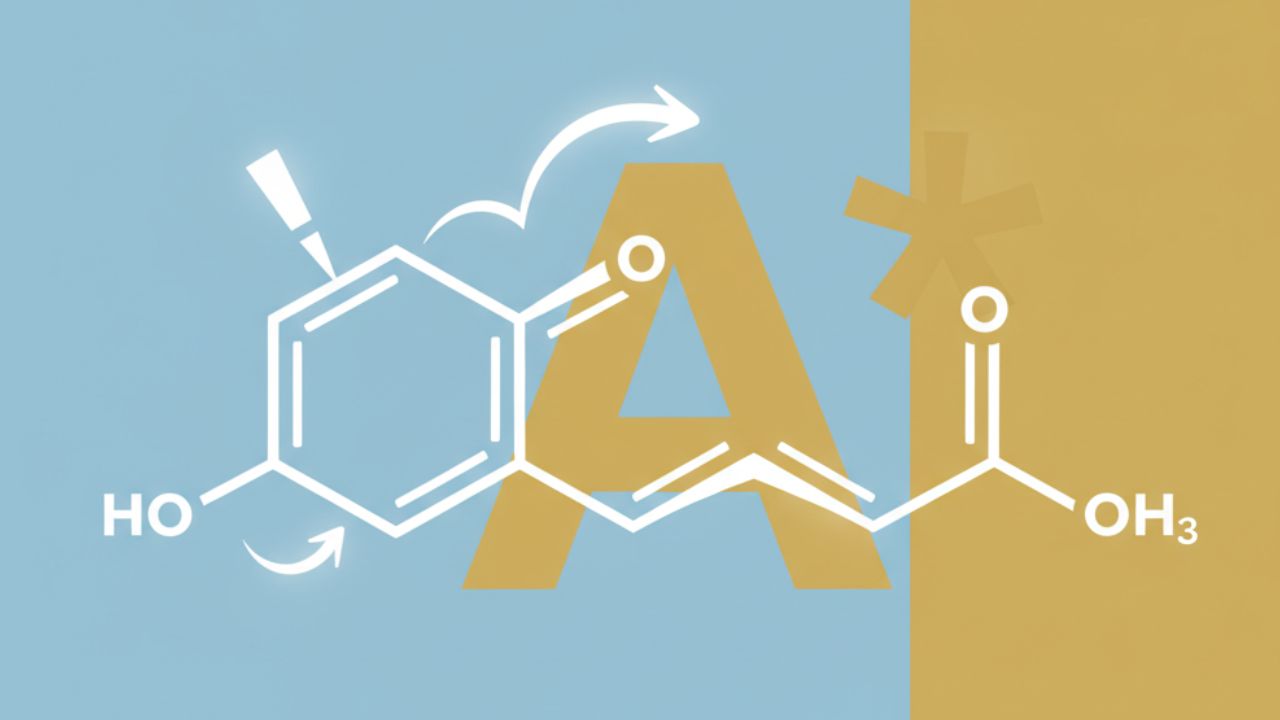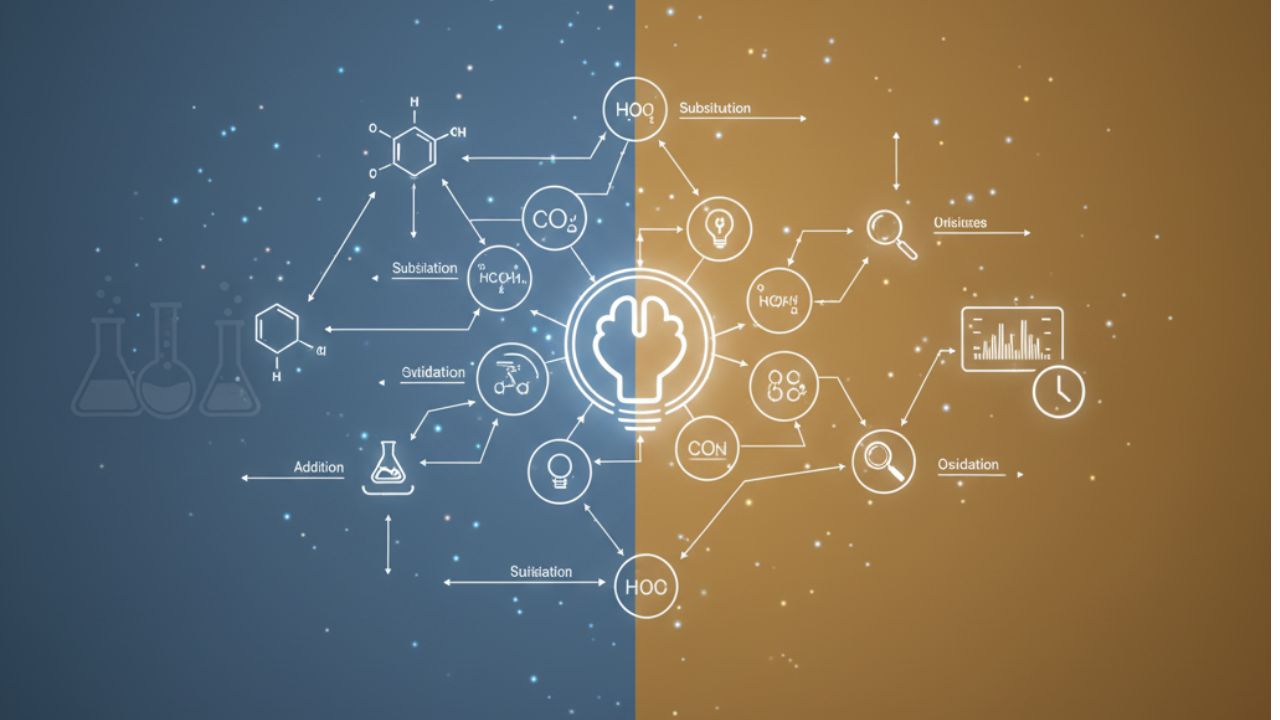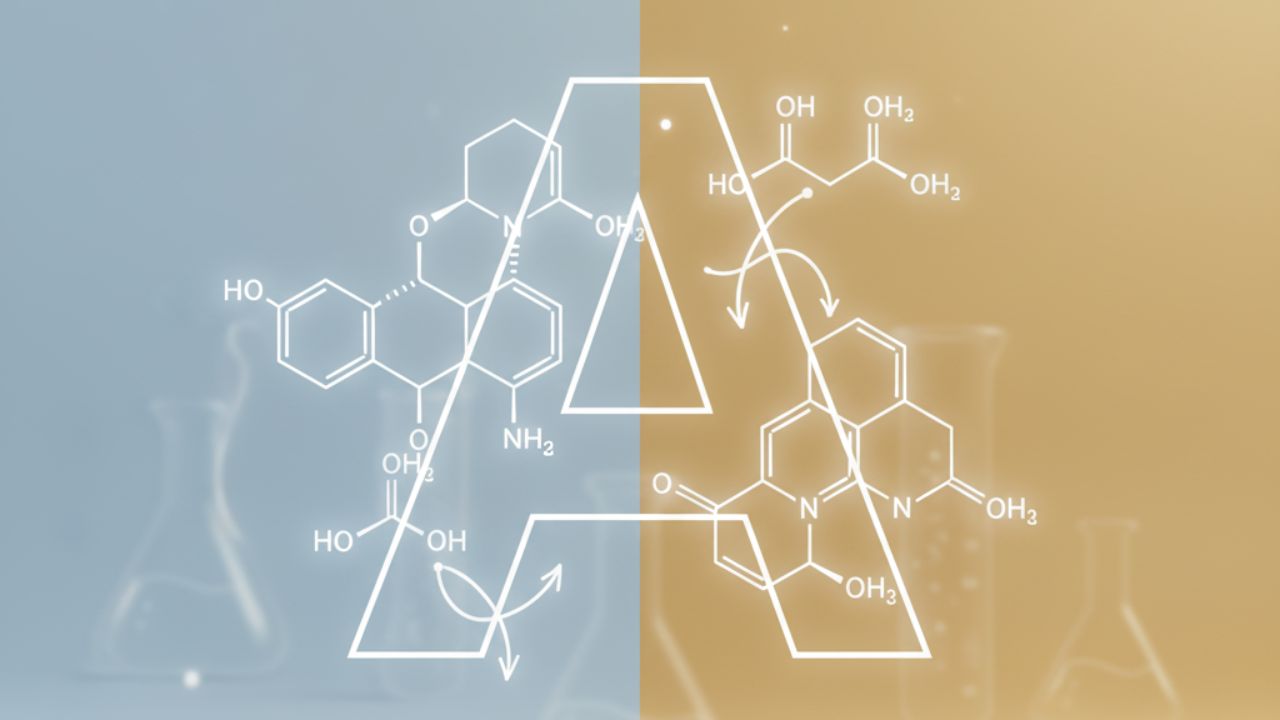📚 Learning Objectives:
✅ Understand what atoms and elements are and how they form everything around us.
✅ Learn about proton numbers (atomic numbers) and how they define different elements.
✅ Relate the concept of atoms and elements to everyday examples like iron, gold, and oxygen.
📝 Quick Summary:
Everything in the universe is built from tiny building blocks called atoms. When many identical atoms come together, they form an element. What makes each element unique is its proton number — its “ID card.” All the atoms in the element have same proton number. Proton number is the number of protons present in the nucleus of the atom.
Have you ever wondered what everything around you is made of? From the chair you’re sitting on to the air you breathe, and even you yourself – it all comes down to tiny, invisible building blocks. These building blocks are called atoms and elements!
It might sound complicated, but it’s actually super fun to understand, especially if we think of it like building with LEGOs!
Imagine a World Made of LEGOs!
Let’s use our image as a guide. Look at the picture we’ve created:

What’s an Atom? (Your Single LEGO Brick!)
See that single red LEGO brick highlighted on the left? That’s what we imagine an atom to be like! Atoms are the smallest, basic pieces of matter.
So, whenever we talk about an “atom,” think of it as a single, fundamental building block.
What’s an Element? (Your Wall of Same-Colored LEGOs!)
Now, look at the entire Red Brick Wall on the left side of our image. This whole wall is made up of only red bricks, right? This entire wall represents an element!
An element is a pure substance that is made up of only one type of atom. So, our Red Brick Wall is an “Iron” element because it’s built entirely from “Iron” atoms (our red LEGO bricks).
Similarly, on the right side of the image, we have a Golden Yellow Wall. This wall is made entirely of golden yellow bricks. This represents the “Gold” element, which is made up of “Gold” atoms (our golden yellow LEGO bricks).
Key Takeaway: If all the atoms (bricks) in something are exactly the same, then that “something” is an element!
What Makes Elements Different? The Proton Number!
You might be wondering, “Okay, so a red brick wall is iron, and a golden yellow wall is gold. But what makes the red brick different from the golden yellow brick at a tiny, atomic level?”
That’s where something super important called the Proton Number comes in!
Every single atom has a special “ID card” or a unique number of tiny particles inside it called protons. This number is what truly defines what element an atom is.
- Look at our image again. Under the Single Red Brick, it says “IRON” ATOM (PROTONS: 26). This means every single atom of Iron has exactly 26 protons. No more, no less! If it had a different number of protons, it wouldn’t be Iron.
- Now, look under the Single Golden Yellow brick. It says “GOLD” ATOM (PROTONS: 79). This tells us that every single atom of Gold has exactly 79 protons. This unique number is what makes gold, well, gold!
This “proton number” is also known as the atomic number, and it’s the most important way chemists classify and understand elements.
Examples in the Real World:
- Oxygen: The air we breathe contains oxygen. Oxygen is an element, and every oxygen atom has 8 protons.
- Carbon: The lead in your pencil (it’s actually graphite, a form of carbon!) is an element. Every carbon atom has 6 protons.
- Aluminum: The foil you use to wrap food is made of the element aluminum. Every aluminum atom has 13 protons.
Why is This Important?
Understanding atoms and elements helps us understand the whole universe! Everything we see, touch, and even can’t see, is made up of these basic building blocks. Each element has its own unique properties – like how gold is shiny and doesn’t rust, while iron can be strong but might rust over time. These properties come directly from the type of atoms (and their proton numbers) that make up the element.
So, the next time you see something, try to imagine what tiny atoms and elements are working together to create it! It’s like a giant LEGO masterpiece, just on a much, much smaller scale!
Curious about Chemistry? Learn more with us and master the building blocks of science!
🌐 Website:www.conceptacademia.org
📞 Phone: +92-300-4305408
📧 Email:info@conceptacademia.org

